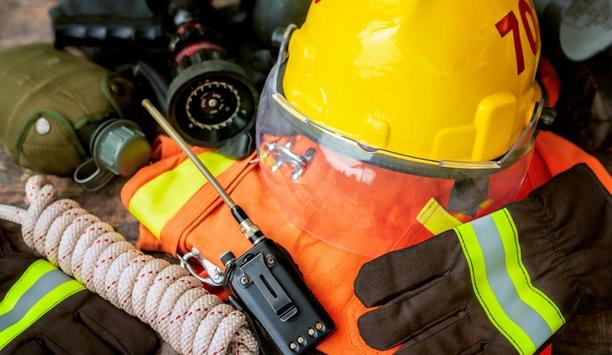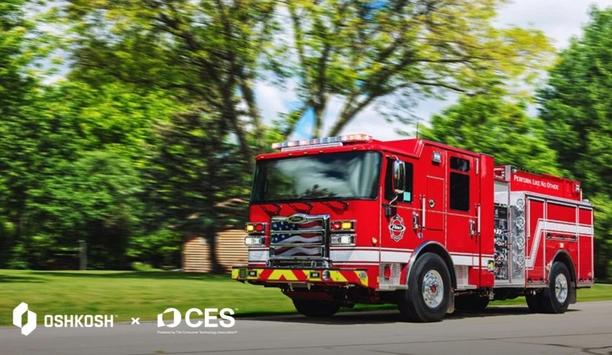 |
| Thunderstorm over Toronto Photo: John R. Southern |
Lightening accounts for more average deaths per year than tornado.
The full last week of June, National Lightening Safety Awareness Week not only helps get safety messages out in time for the Fourth of July, but also signals summer as lightening season. Outside is the most dangerous place to be during a lightening or thunderstorm and more people are outside during the summer. According to Federal Emergency Management Agency (FEMA) Acting Regional Administrator Dennis Hunsinger, lightening strikes and high winds associated with thunderstorms also increase the risk of wildfires.
"Lightening can strike up to ten miles away from any rainfall, creating hotspots that smolder for days, to erupt when conditions are right," said Hunsinger. "Those of us who live in urban interface areas, wooded lots, or near heavily-grassed and dry rangeland should create fire-safe perimeters, and update family disaster plans."
Lightening accounts for more average deaths per year than tornados. "The safest place to be during lightening activity is a large enclosed building, not a picnic shelter or shed," said Hunsinger. "The second safest location is an enclosed metal vehicle, car, van, etc., but not a convertible, bike or other topless or soft top vehicle. If caught outdoors, and no shelter is nearby, stay away from tall trees. If there is no shelter crouch in the open, keeping twice as far away from a tree as it is tall."
Lightening safety tips for inside the home include:
- Avoid contact with corded phones
- Avoid contact with electrical equipment or cords. If you plan to unplug any electronic equipment, do so well before the storm arrives.
- Avoid contact with plumbing. Do not wash your hands, do not take a shower, do not wash dishes, and do not do laundry.
- Stay away from windows and doors, and stay off porches.
- Do not lie on concrete floors and do not lean against concrete walls.
For more information on lightening safety, click here; for wildfire preparedness tips, sample preparedness plans and emergency checklists visit Firewise or the FEMA website.
FEMA’s mission is to support citizens and first responders to ensure that as a nation we work together to build, sustain, and improve our capability to prepare for, protect against, respond to, recover from, and mitigate all hazards.











